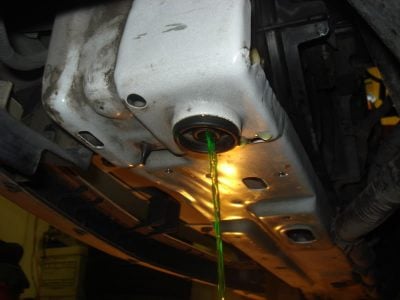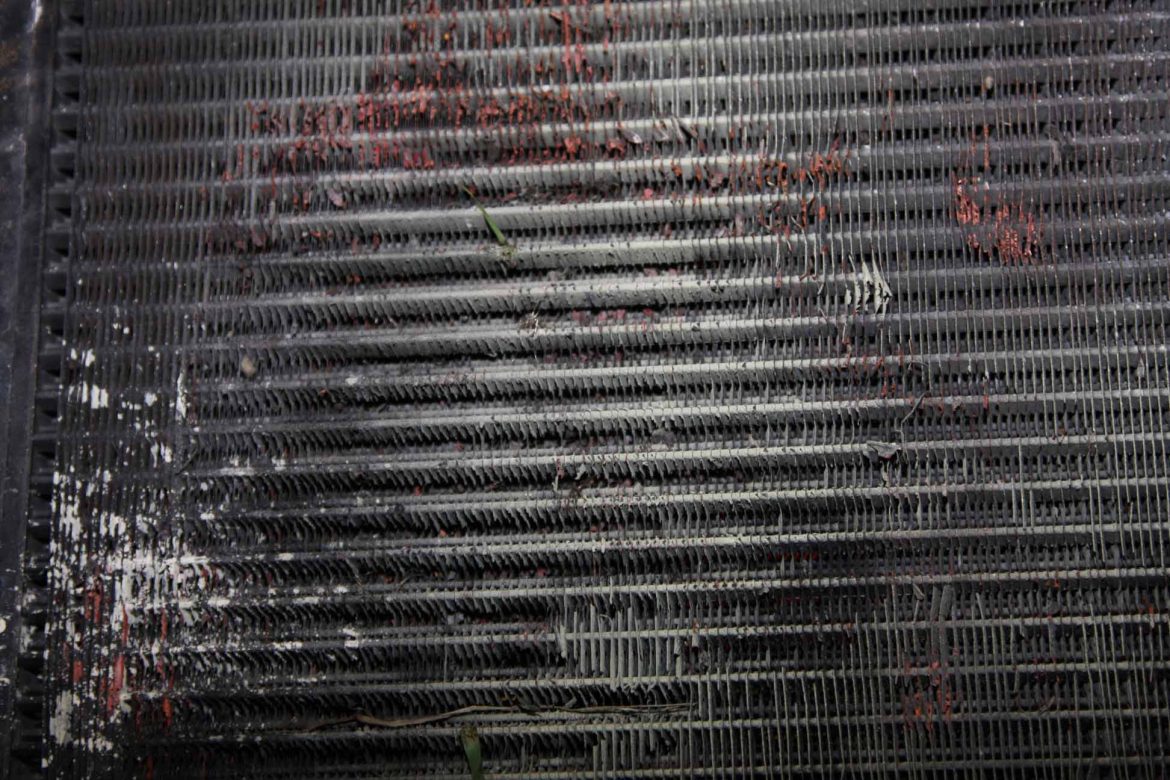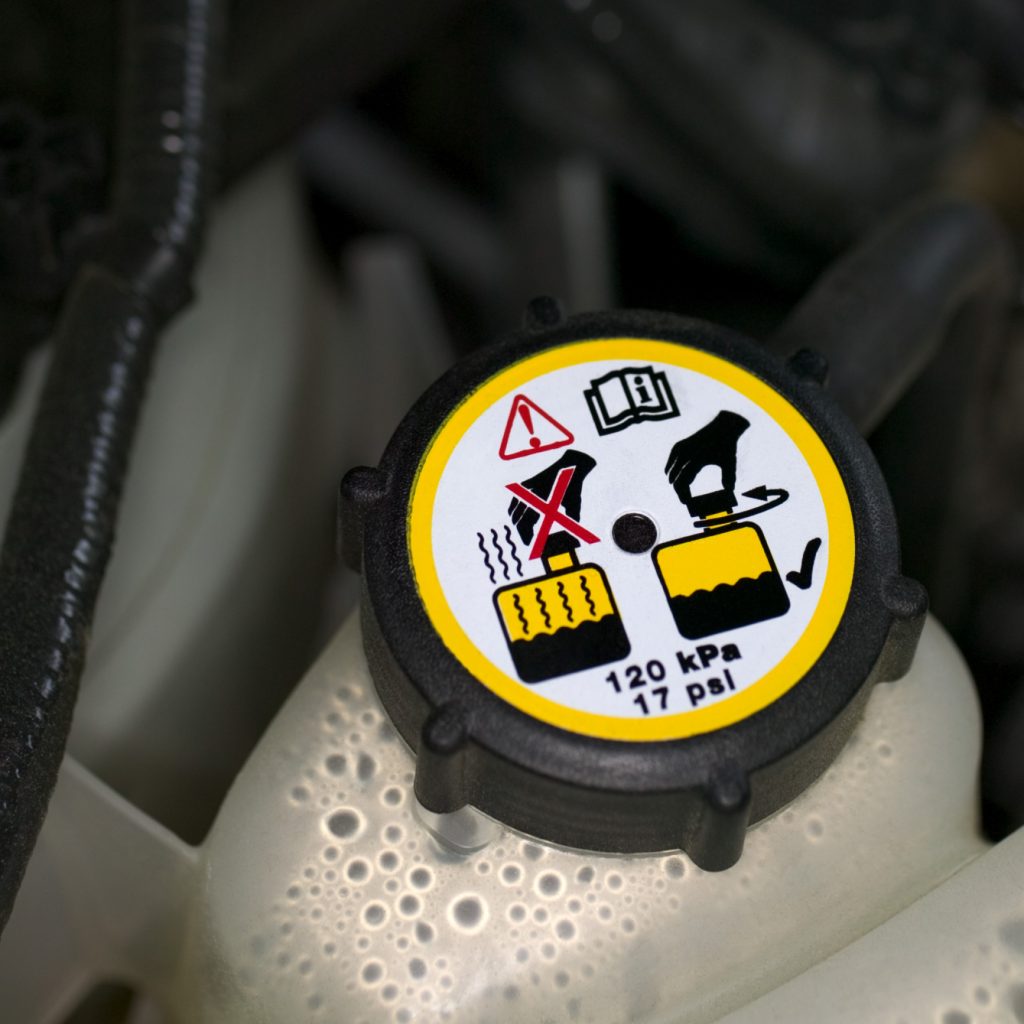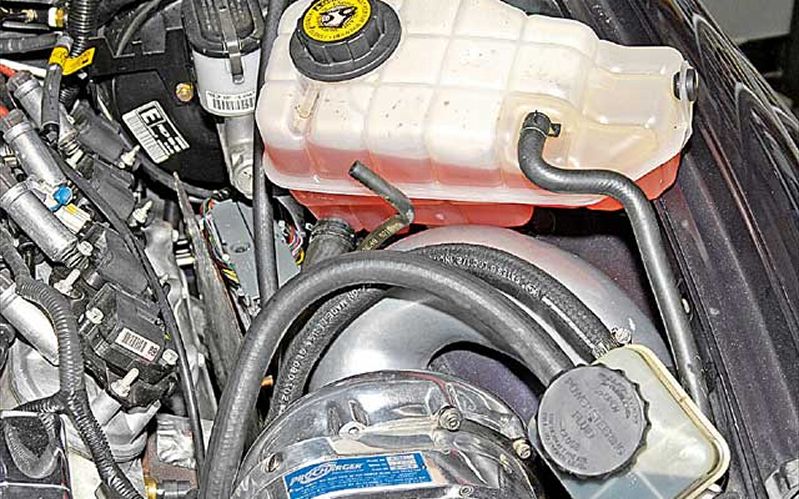What is a car coolant reservoir?
Your coolant reservoir is an essential part of the cooling system in today’s vehicles. The coolant reservoir, or overflow tank as it is sometimes called, is really more of an expansion chamber for your vehicles coolant. Most reservoirs can also help you determine if your vehicle has enough coolant in it to run safely and help you tell when it’s time to change your engine coolant.
The cooling system in your vehicle needs to have a coolant overflow bottle because of the wide range of operating temperatures from cold outdoor temperatures to around 200 0F on most vehicles. Engine coolant, like all liquids and gases expand as it heats up. This expanding liquid needs to have somewhere to go in the closed cooling system so your radiator cap is designed to open up at a certain pressure allowing the expanding liquid to flow out into your coolant reservoir. Once you are done driving, the coolant will slowly cool down as the engine does and the radiator cap will allow the coolant stored in the reservoir to flow back into the radiator.
Without a coolant reservoir, the expanding coolant would be pushed out of the radiator cap and allowed to spill on the ground, which is an environmental hazard. Also, once the engine is stopped and cooled back down, the radiator would have no place to draw make up coolant from as the coolant in your engine cools and contracts. This would allow an air bubble to form in your radiator and possiblly in your engine block’s water jacket. The trouble with having an air bubble in your cooling system is that it may create pockets where the coolant is blocked by the bubble and cannot cool a certain area causing extreme temperature gradients and stress on your engine maybe leading to cracks or gasket failures. Also, as a gas, such as an air bubble warms up it does not create a similar rise in pressure in a closed system as liquid does when it is heated. The pressure expanding liquid creates in your cooling system, limited by the radiator cap, keeps the coolant from boiling even at higher temperatures keeping your cooling system working efficiently and protecting your engine.
Should I check my car’s coolant reservoir?
For all these reasons it is important to make sure your vehicle’s coolant reservoir is attached, functioning properly and has the proper coolant levels when the engine is both warm and cold. While you are doing your inspections it is a good idea to check the condition of the coolant you find in the overflow bottle. It is recommended by most manufactures that you change your engine coolant every 60,000 to 100,000 miles. There are a few vehicles today that have lifetime coolant which never needs to be changed. You should always follow the manufactures recommended fluid change intervals but may consider changing your coolant more often if you do not know when the last time it was changed was or if you notice a problem with it in your coolant reservoir. If your engine coolant has an oil film on top, is cloudy or discolored or is contaminated with particles it is likely time to change your engine coolant and clean your coolant reservoir.
How do I change my car’s coolant reservoir?
Changing your engine coolant is a relatively easy procedure, but while you are changing the coolant you should also perform a cooling system flush. Simply removing the old coolant and adding fresh new coolant will make sure you have the proper freeze protection and chemicals in your cooling system but it won’t guarantee that you have removed all of the harmful materials first.
 Flushing your coolant system simply adds an extra step to the process. After you have fully drained your cooling system using both the radiator and block drain, add BlueDevil Radiator Flush to your vehicle’s radiator and refill it the rest of the way with water. For simply flushing the radiator or a quick cleaning, run your vehicle for 10 minutes with the heater on full. For a deep cleaning, drive your vehicle for up to 6 hours to make sure the temperature never falls below 32 degrees. After allowing the engine to cool, flush the cooling system with clear water by filling the radiator and allowing the water to continually drain out of the radiator and block drains until in runs clear. While you are rinsing the cooling system you can remove your coolant reservoir, ensure it is empty of old coolant and simply rinse it with clear water and reinstall it. Your cooling system is now flushed and you can remove the rest of the water, refill your cooling system with the manufacture’s recommended antifreeze and remove the air from the system as you normally would.
Flushing your coolant system simply adds an extra step to the process. After you have fully drained your cooling system using both the radiator and block drain, add BlueDevil Radiator Flush to your vehicle’s radiator and refill it the rest of the way with water. For simply flushing the radiator or a quick cleaning, run your vehicle for 10 minutes with the heater on full. For a deep cleaning, drive your vehicle for up to 6 hours to make sure the temperature never falls below 32 degrees. After allowing the engine to cool, flush the cooling system with clear water by filling the radiator and allowing the water to continually drain out of the radiator and block drains until in runs clear. While you are rinsing the cooling system you can remove your coolant reservoir, ensure it is empty of old coolant and simply rinse it with clear water and reinstall it. Your cooling system is now flushed and you can remove the rest of the water, refill your cooling system with the manufacture’s recommended antifreeze and remove the air from the system as you normally would.
BlueDevil Products can be found on Amazon.com or at AutoZone, Advance Auto Parts, O’Reilly Auto Parts, NAPA, and other major auto parts retailers.
3 responses to "How Can I Clean my Coolant Reservoir?"
3 Comments
Leave a Reply
Related Articles




Great article. I had my system “flushed” and my mechanic did NOT inspect or clean my reservoir. I had a leak that three mechanics couldn’t find. I mentioned to them that the coolant level in my reservoir remained unchanged at all times, even when my engine ran low and needed to be topped off. They suspected a vacuum leak, tested the head gasket, etc and couldn’t pinpoint what was going on.
Puddles of coolant were appearing in random areas. On a whim, I removed the reservoir and noticed the supply/return nipple had a gummy clog. I cleaned it with hot water and a Q-Tip. About a 10 minute job and now my coolant level is rising and falling as expected as the engine’s heat changes.
I highly recommend drawing a little sharpie line on your coolant reservoir to mark the level. If that level doesn’t change as the engine temperature varies, the FIRST thing you should do is pull and inspect the reservoir.
being not so good at mechanics i,m currently stuck with my c 280,s …i think return system from radiator to transmission pipe……..not knowing where it goes from radiator….any enlightening advice?
Hey Garrie,
Thanks for your question about your C280. It sounds like you’re asking about the transmission cooler lines. Most vehicles with an automatic transmission have a transmission cooler that is either part of the radiator or in front of the radiator to keep the transmission fluid cool on hot days or hard driver. If the transmission cooler part of the radiator there are usually 2 ports in one of the end tanks of the radiator, usually the bottom or passenger side. If there is a break in the line your car would leak fluid from the lines but only when it is running.
Thanks again for your question!
-BD Auto Pro